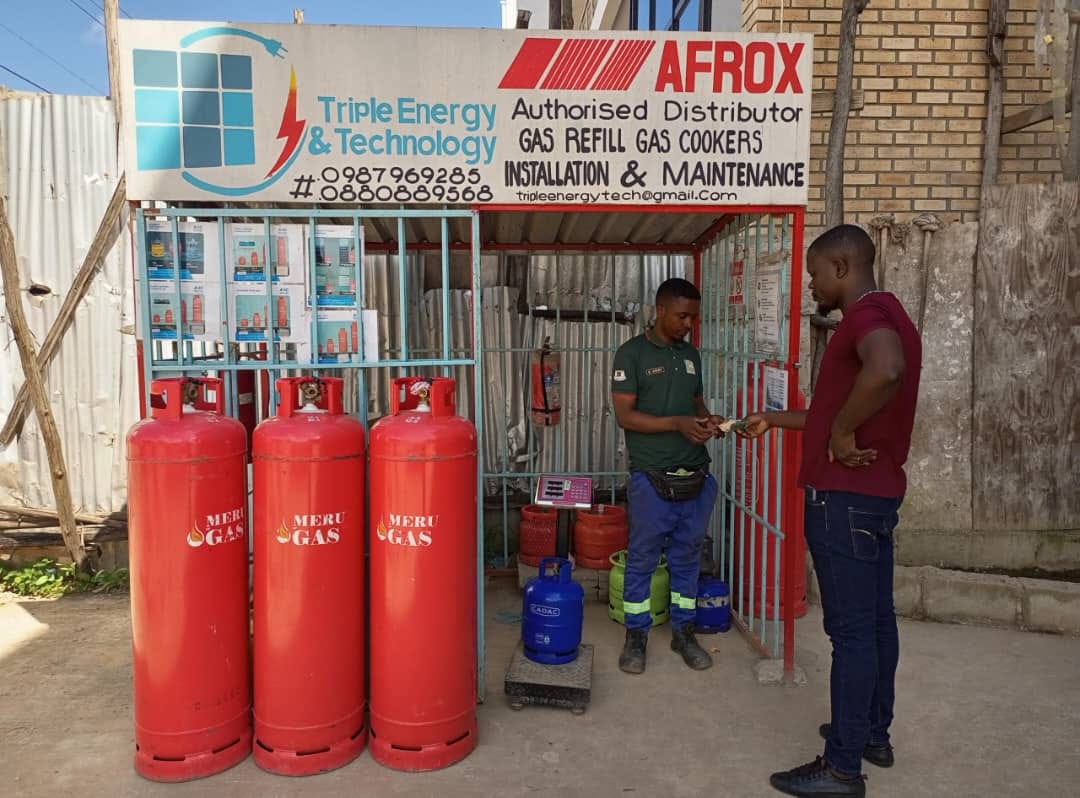Malawi Sees Surge in LPG Use
MERA attributes this rise to a combination of factors, including increased public awareness campaigns and a growing number of Gas Marketing Companies (GMCs) operating in the country.
Lilongwe, Malawi - Malawi has witnessed an 88 percent increase in Liquid Petroleum Gas (LPG) usage in the past three years, according to the Malawi Energy Regulatory Authority (MERA), writes Victor Musongole.
MERA attributes this rise to a combination of factors, including increased public awareness campaigns and a growing number of Gas Marketing Companies (GMCs) operating in the country.
Increased Access, Increased Usage
"The number of GMCs has jumped from three in 2021 to seven in 2023," said Fitina Khonje, MERA's Consumer Affairs and Public Relations Manager, in a written statement.
"These efforts, along with public awareness campaigns, have led to a significant rise in LPG consumption, from 1,500,000 Kg in 2021 to 2,850,000 Kg in 2023."
Businesses Feel the Rise
This trend is confirmed by private companies in the LPG sector.
All for Clean Energy and Technologies Managing Director, Andrew Munthali, reports a surge in demand, particularly during power outages.
"We've seen sales rise consistently," he said.
"For example, at our Mzuzu location, we initially sold around 1,000 Kg per month. Now, we average 3,500 Kg, and during blackouts, we can reach 5,000 Kg as more people turn to gas for cooking."
Consumers Embrace the Benefits
Residents like Christopher Thathiwa appreciate the advantages of LPG. "I've been using gas since 2020," he said while refilling his cylinder.
"It's clean, efficient, and the increase in refill points makes it even more convenient. Compared to charcoal, gas is definitely better in the long run, and it's good for the environment."
A Positive Step Forward
Experts view the rise in LPG use as a positive step towards adopting clean and sustainable energy sources.
While only about 3% of Malawi's population currently uses gas, with 70% of that for domestic purposes, there's significant potential for further growth, especially considering the introduction of affordable gas cookers and smaller, low-priced LPG cylinders.



